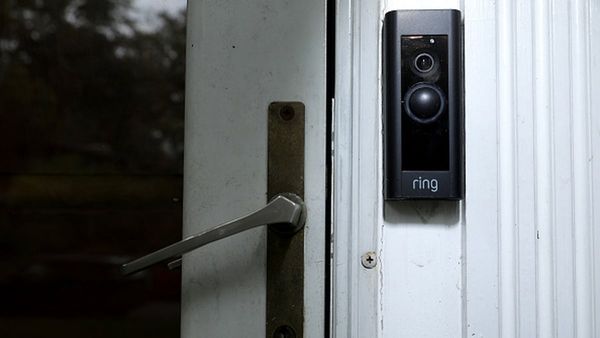The state pension age will officially rise next year, meaning millions of workers will have to wait longer for retirement.
Increasing from 66 to 67, an individual’s exact date of birth will affect when they can start claiming, with some having to delay their retirement by a month compared to someone born just a day earlier.
The planned changes have been set since 2014, and will affect men and women equally. While people can choose to retire earlier than this date, and may choose to do so if they have a private pension, the state pension age is the earliest anyone can begin claiming the government-supplied pension.
This also won’t be the last state pension age increase most UK workers see in their lifetimes. Current legislation will see the age rise from 67 to 68 between 2044 and 2046.
However, there is speculation that this could be brought forward following Labour’s upcoming pension review. Announced by work and pensions secretary Liz Kendall in July, the statutory review must give ten years’ notice of any changes to the state pension age.
With at least 18 years to go until the next one, this gives the government scope to bring forward the point when state pension age hits 68.
Understanding how the state pension age changes is vital for workers to plan for their retirements. Since 2015, campaigners for the Women Against State Pension Inequality (WASPI) group have called for successive governments to provide compensation due to the inadequate communication of state pension changes for women born between 1950 and 1960.
In 2026, all workers born after April 1960 that will start to see their state pension age rise. Here’s what that could mean for you:
The exact date of birth is important, with 5 April 1960 the last birthday to keep the 66 years retirement age.
For those born on or after 6 April 1960, this will rise to 66 years and one month, and will continue to rise by an extra month on the 6th of every month.
This will continue until 6 March 1961, with those born on or after that day having a retirement age of 67.
Under current plans, this will apply for those born before 5 April 1977 – the last date of birth with a retirement age of 67. After this, it will increase monthly in a similar process to what is planned next year. However, this is liable to change at any upcoming pension review.
When workers can retire in 2026 based on when they were born:







